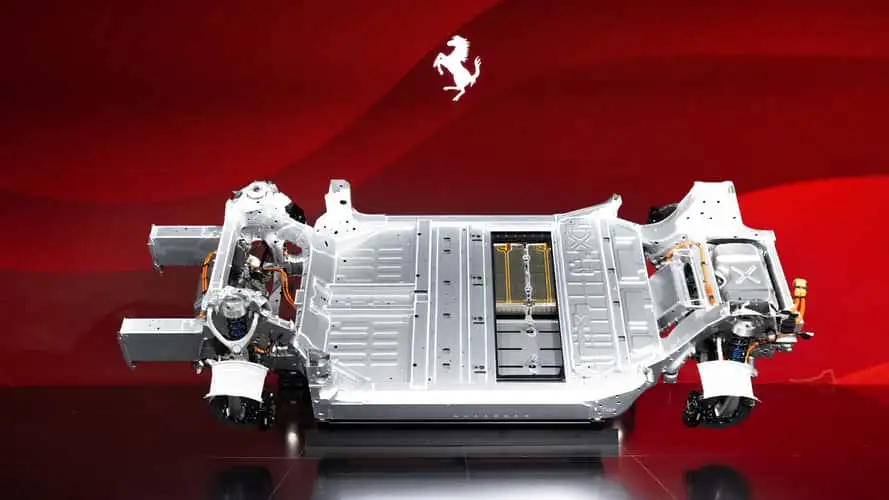Summary
- Ferrari is integrating advanced technologies like four independent electric motors for precise torque vectoring and control.
- Ferrari aims to make electric cars emotionally engaging, enhancing driver experience with sound and response maps.
If your first reaction to Ferrari’s upcoming EV was a shrug or a smirk, you’re not alone. The idea of an electric Ferrari feels at odds with the brand’s smoky, high-rev, analog soul — and that’s exactly why the Electtrica deserves a second look.
Yes, market demand for premium EVs hasn’t exploded the way some manufacturers predicted, and Ferrari has even scaled back its electrification targets. And sure, many people who care about cars still distrust electrification. But Ferrari isn’t just another badge slapping an electric motor onto a chassis. When Ferrari experiments, the rest of the high-performance world watches — and follows.

What makes the Electtrica interesting isn’t a single headline spec. It’s the way Ferrari is combining technologies in service of driving feel. Think 800-volt architecture and a large battery for serious power and delivery. Think four independent electric motors — one per wheel — for instant, ultra-precise torque vectoring. Add a 48-volt active suspension and independent rear-wheel steering, and you’ve got a control stack that can sculpt forces vertically, laterally, and longitudinally in real time. That’s not marketing fluff — it’s a new toolbox for tuning how a car behaves under acceleration, turning, and braking.
Ferrari has a track record here. Since the F430 they’ve layered electronics and mechanical systems—electronic limited-slip diffs, electric power steering, adaptive dampers, rear steering—into a cohesive package that makes powerful cars feel both controllable and alive. The Electtrica isn’t reinventing that philosophy; it’s pushing it into the electric era. Four-wheel torque vectoring plus active suspension plus rear-wheel steering isn’t just additive — it’s combinatorial. The effects compound, and that’s where real breakthroughs happen.
There are also clever, human-focused touches. Ferrari’s experimenting with an accelerometer to shape and amplify authentic motor sound, and offering multiple power/torque response maps that change how the car feels as you pull the paddle. In short: they’re trying to make an electric car feel emotionally engaging, not mute and clinical.
Why should the enthusiast care? Because the lessons learned here will ripple outward. When Ferrari refines how an EV can communicate with the driver while still being blisteringly quick, other makers—Lamborghini included—will take note. Even if you’ll never own an Electtrica, the ideas it proves could change how future performance cars are designed.
So the right takeaway isn’t grudging acceptance. It’s curiosity. Ferrari didn’t go electric because it wanted to fit a trend — it’s using electrification to extend the brand’s obsessive focus on handling and driver engagement. That’s the real reason to pay attention.
Don’t dismiss it yet. This one could matter more than you think.






GIPHY App Key not set. Please check settings